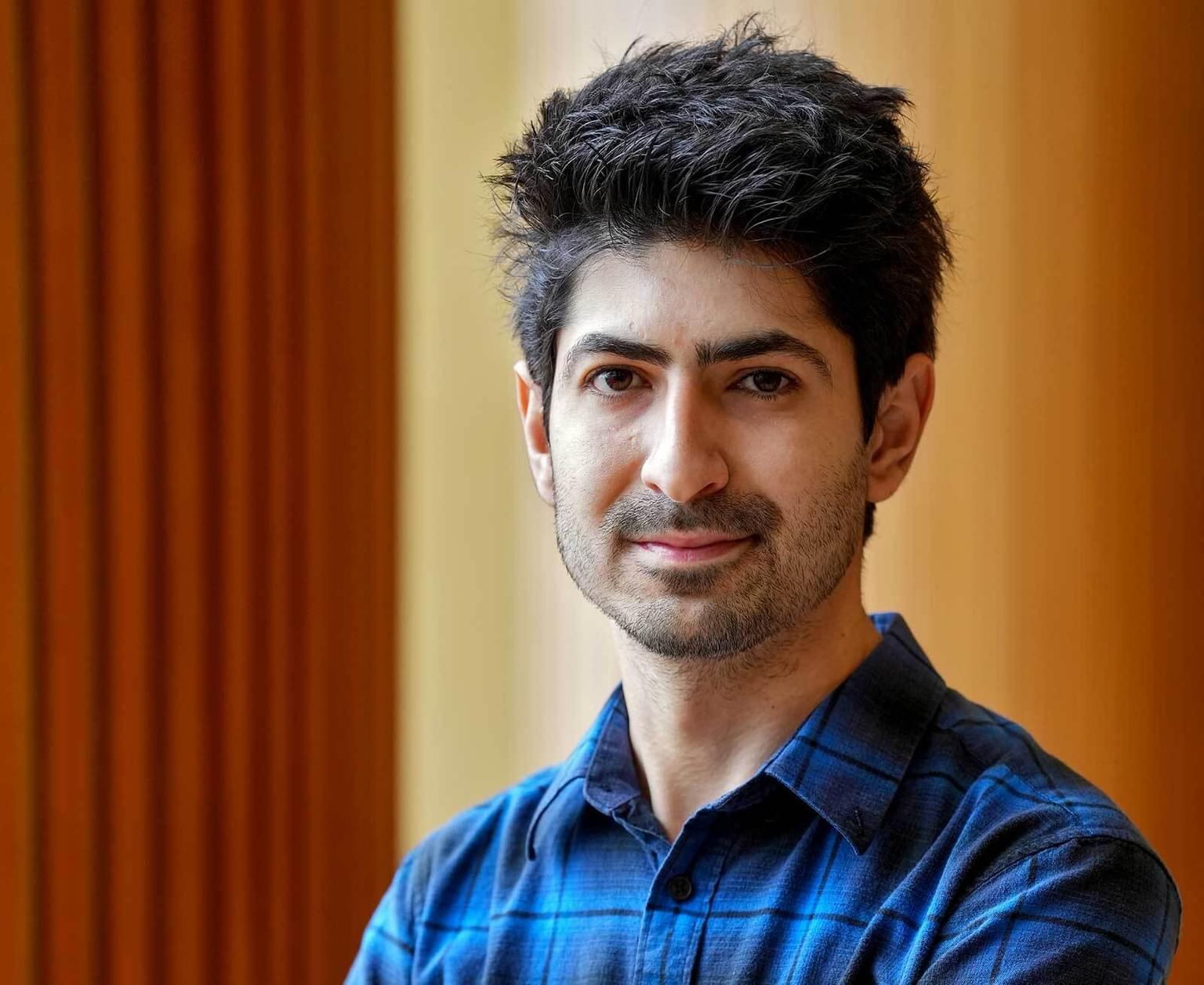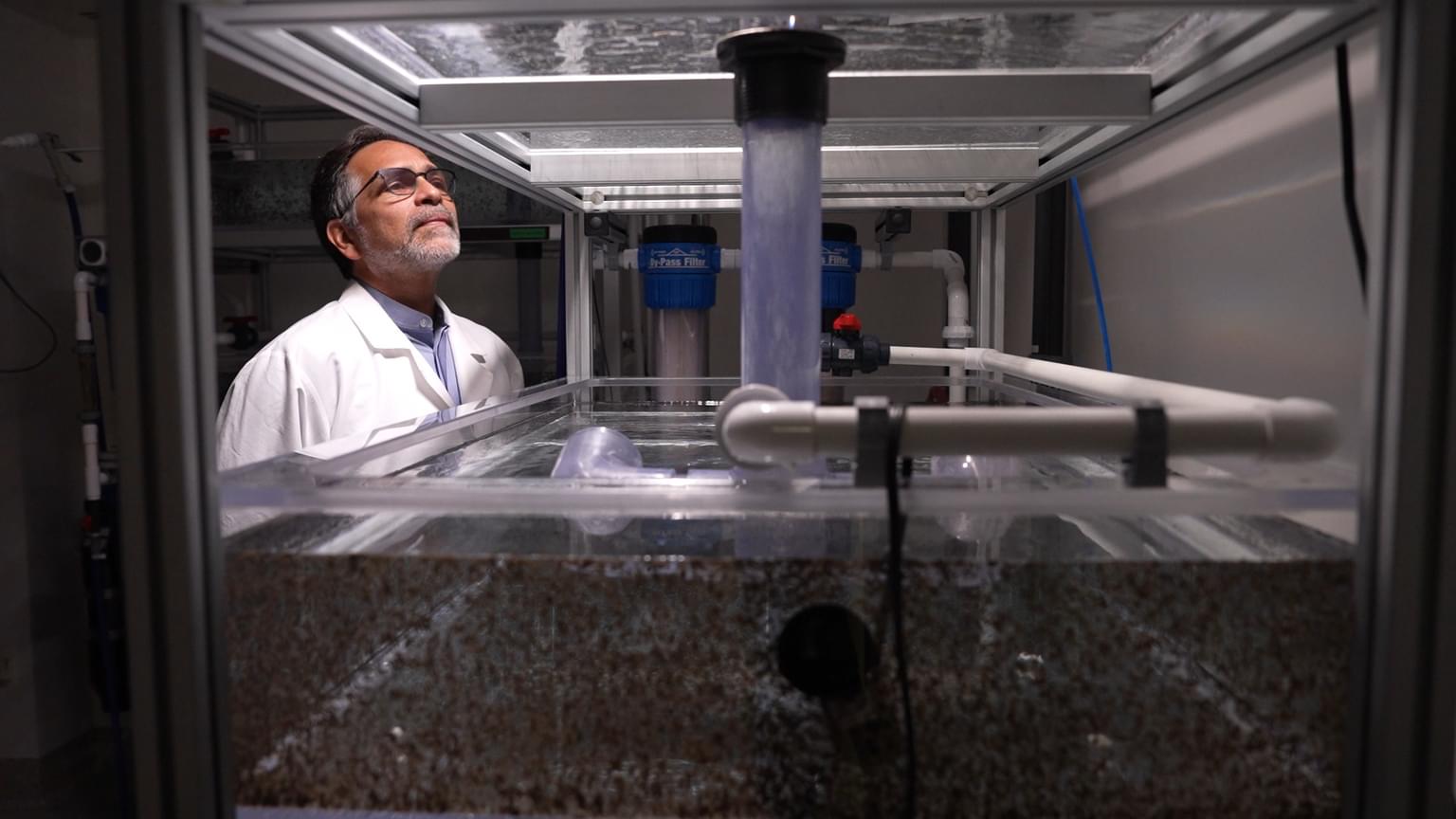News

03 April 2025
Does a cell’s “type” define its function?
A recent article co-authored by Stowers Investigator reviews current neurobiology research to highlight and foster scientific discussion.
Read Article
Concluding a lengthy and in-depth review of three scientific research programs, the Stowers Scientific Advisory Board recommends promotion and renewal.
Matt Gibson, PhD, researches how dividing cells become regimented into highly organized layers known as epithelia. Epithelial tissue covers multiple surfaces, lines cavities, and provides a variety of functions for an organism. He seeks to understand the mechanisms that coordinate this tissue’s architecture.
Gibson’s research is a comparative analysis of epithelial morphogenesis, architecture and growth control in fruit flies and the sea anemone Nematostella vectensis, whose genome exhibits a surprising degree of complexity and similarity to the vertebrate genome. Gibson’s epithelia research is likely to produce broad phylogenetic significance as well as direct relevance to epithelial cancers and other forms of proliferative disease.
What are the biochemical mechanisms that create long-term memory and produce a persistent change in behavior? This question forms the basis of the research programs of Kausik Si, PhD. What Si currently knows is that a messenger RNA (mRNA) binding protein called cytoplasmic polyadenylation element binding (CPEB) is involved in the persistence and recall of long-term memory. The CPEB protein also forms stable aggregates similar to prion-like proteins.
Si’s research program utilizes the fruit fly version of CPEB to interrogate how and specifically where these proteins form into a prion-like aggregate that facilitates synaptic changes associated with memory storage, yet without the destructive results of true prions. He is also exploring what happens to these protein aggregates when memory is forgotten or decayed.
When Investigator Ting Xie, PhD, joined the Stowers Institute in 2000 he established a research program that examines the mechanisms by which stem cells differentiate to become specialized cells. Xie has continued his exploration of stem cell communities called niches and the relationships of stem cells within the niche.
Much like siblings in a family, sometimes stem cells cooperate and at other times they compete for attention. Cancer stem cells, which drive tumor growth, take advantage of competition to push “good” stem cells out of the niche, leading to tissue destruction. Xie’s quest is to enable future therapies by revealing key aspects of stem cell regulation in animal model systems and determining what’s similar in humans.
News

03 April 2025
A recent article co-authored by Stowers Investigator reviews current neurobiology research to highlight and foster scientific discussion.
Read Article
News

01 April 2025
Brown, who held key leadership roles for both organizations, passed away March 27, 2025.
Read Article
Press Release

27 March 2025
Alejandro Sánchez Alvarado, Ph.D., receives recognition as a leader and expert in regenerative biology and its potential to transform human health.
Read Article
